Historical Architecture of Grosse Pointe – Welcome to 16850 E. Jefferson

Last week we introduced you to 1040 Harvard, one of the earlier residences George D. Mason designed in Grosse Pointe.
This week we are going to explore one of Grosse Pointe’s ‘lost estates’ – 16850 E. Jefferson, also known as the Sycamores. Last year we ran a series of posts, presenting the lost estates of Grosse Pointe. Many of these estates were completed in the early 20th century, and were subsequently demolished from the 1950’s onwards. The reason for the demolition(s) included – the homes were too big to maintain, structural problems, new owners wished to sub divide the plots. The Sycamores is part of this fascinating group, and its time to tell the story of this magnificent home.
16850 E. Jefferson was commissioned by Wesson and Winifred Dodge Grey Seyburn, and was completed in 1924. Wesson Seyburn was a member of one of Detroit’s most distinguished families. Born in Detroit, 1889 he graduated from Yale University in 1911 and subsequently served in World War 1 as a Lieutenant Colonel in France. After the war Mr. Seyburn was primarily involved in banking and real estate. He was a founder, and a director of the Manufacturers National Bank, and was a director of realty firm, The James S. Holden Company. Prior to moving to Grosse Pointe Mr. Seyburn formerly lived at 7800 East Jefferson. He moved to Grosse Pointe on the completion of his new home, in 1924. He and Winifred Ddoge were married in 1922, and together they had five daughters. Source: Findagrave.com
The House and gardens, both inspired by 18th Century French residences were deigned by Bryant Fleming, a noted designer and landscape architect from New York. With its design Mr. Fleming integrated the architecture, and landscape to create a harmonious design. The large lot, located near the lake, was particularly narrow (189’ x 1015’ sq ft). A long driveway surrounded by a tunnel like alley of sycamore trees provided a magnificent approach to the property. Source: Tonnancour, Volume 1. The book continues to describe the home as one of sensitive design and detail, creating a house and gardens with extraordinary beauty and charm, with many details you would expect to find in an eighteen-century châteaux. It was constructed from gray brick, with lighter gray brick window architraves. A beautiful curved stone staircase lead to the front of the home, which featured an abundance of windows and dormers, and a dominant portico (with four gigantic balustrades) on the front elevation. Images courtesy of: Tonnancour, Volume 1.
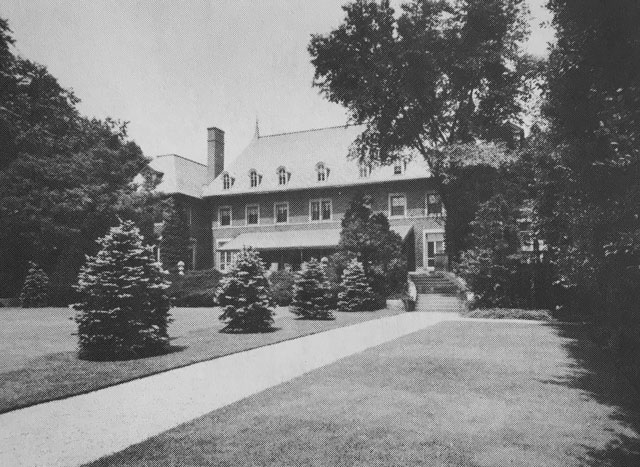
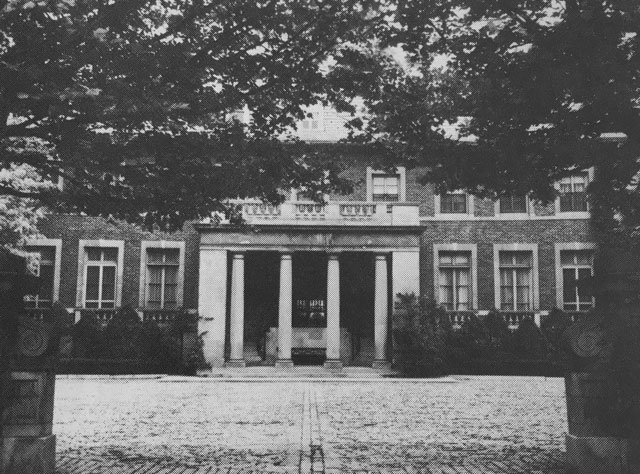


Inside, the main hallway (15’ x 20’ sq ft) featured a grand circular staircase. The huge paneled living room was 48’ x 22’ sq ft, the dining room was 29’ x 19’ sq ft, and the library was 18’ x 19’ sq ft, while the morning room was 19’ x 27’ sq ft. Each of these rooms contained a fireplace, as did the 16’ x 20’ sq ft break room. The first floor also included a service hall, stairs, a maid’s dining room, flower room, loggia (19’ x 16’ sq ft), a pantry and the kitchen. The second floor featured a large 20’ x 19’ sq ft master bedroom, which also included a 19’ x 16’ sq ft sitting room, with fireplace. There were an additional six bedrooms, along with three rooms for the maids. The third floor was immense. It included a 51’ x 38’ sq ft ballroom, with balcony, a 17’ x 42’ sq ft museum room, and six additional bedrooms.
The formal gardens were equally impressive, Bryant Fleming, was, after all, one of the most skilled landscape architects of his generation. Influenced by eighteen century France, the garden contained multiple fruit trees, gravel walks, and geometric flowers. Source: Tonnancour, Volume 1.
Bryant Fleming, the man behind this one-of-a-kind residence was no stranger to creating stunning properties, or to working in Grosse Pointe. Born in 1877 in Buffalo, New York he graduated from Cornell University in 1901, having studied horticulture, architecture, and architectural art history. Fleming became the first lecturer and instructor in landscape art in the Department of Landscape Art at the College of Agriculture, Cornell University in 1904. At the time this was only the third such program in the United States after Harvard (1900) and the University of Massachusetts (1902). In 1904 he established a private practice named Townsend and Fleming (1904-1915) and helped guide the development of parks in New York State. Source: Wikipedia. In 1916 Fleming started his own practice, specializing in estate gardens. His work can be found in New York, Chicago, Detroit, Cleveland, Kansas City and Memphis.
Here in Grosse Pointe Mr. Fleming worked on around six projects. His involvement was as both the designer of the house and gardens, while others projects involved working in association with the architect to design the landscaping. Probably his most noted project was as the landscape designer at the Roy D. Chapin House (447 Lake Shore), designed by nationally recognized architect John Russell Pope. Images are courtesy of the Library of Congress.
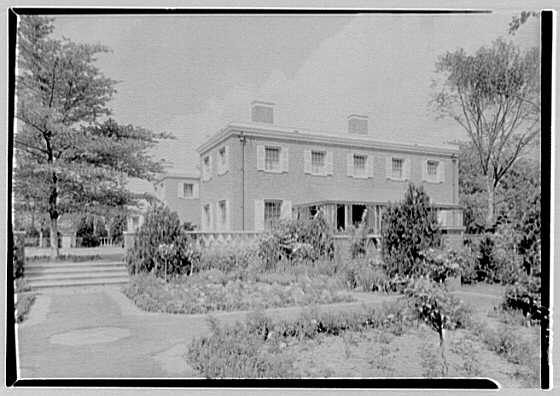
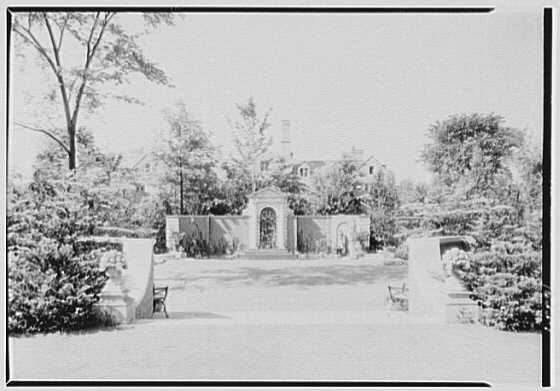


16850 E. Jefferson was arguably one of the most impressive properties in Grosse Pointe, created by a special designer for a legendary couple. Wesson Seyburn died in 1961. Mrs. Seyburn continued to reside in the home until her death in 1980. It was demolished in 1981 and today it is the location of Sycamore Lane.
*Photos courtesy of the Higbie Maxon Agney archives unless stated.
Written by Katie Doelle
Copyright © 2019 Katie Doelle


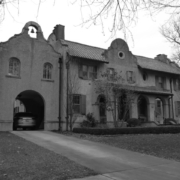
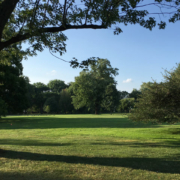


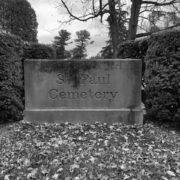
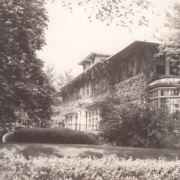

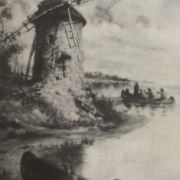
Leave a Reply
Want to join the discussion?Feel free to contribute!